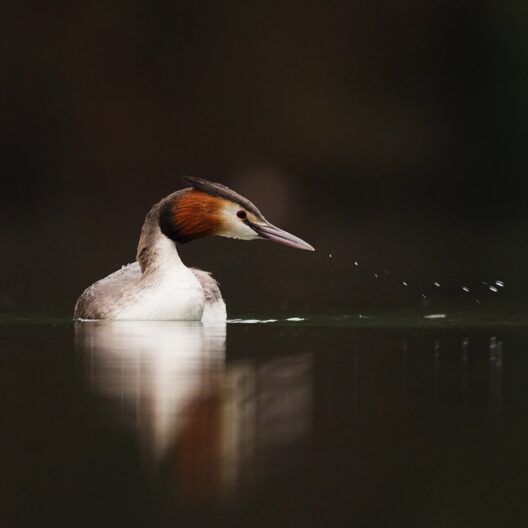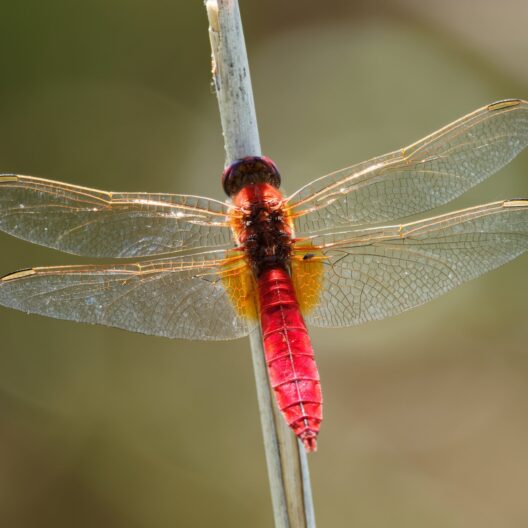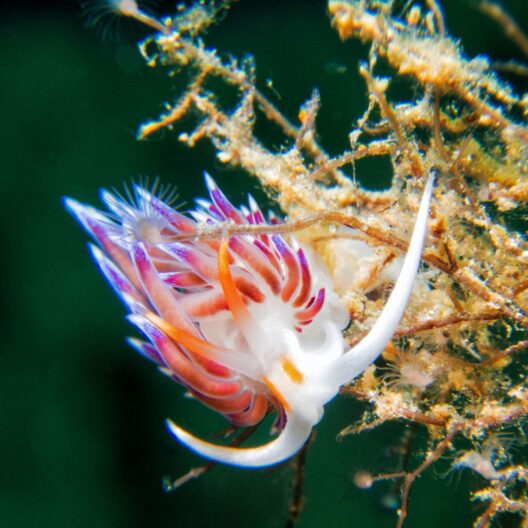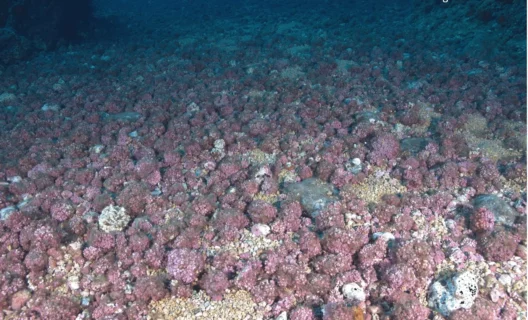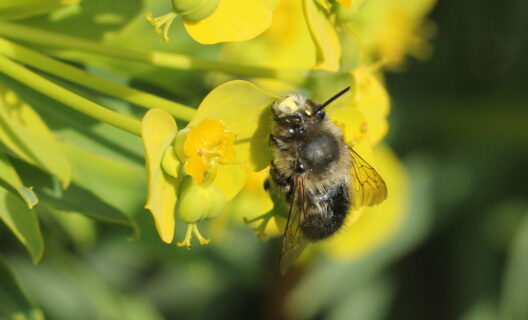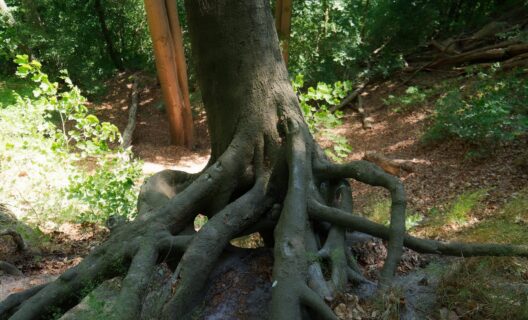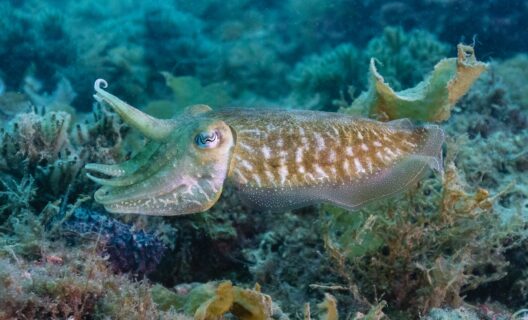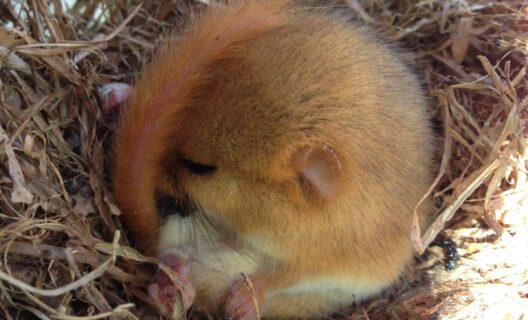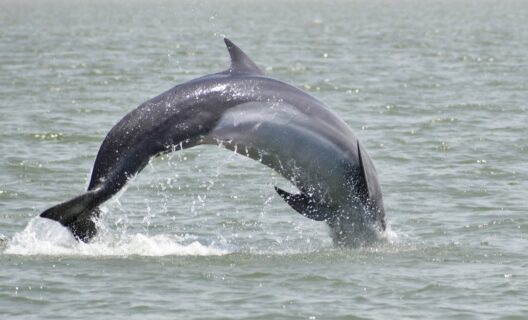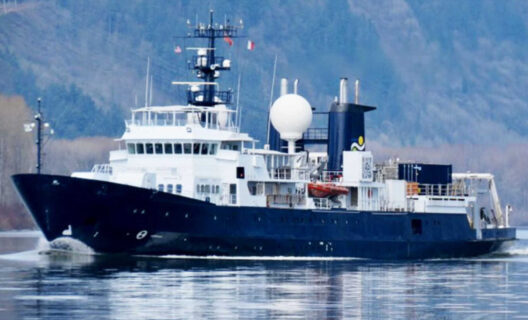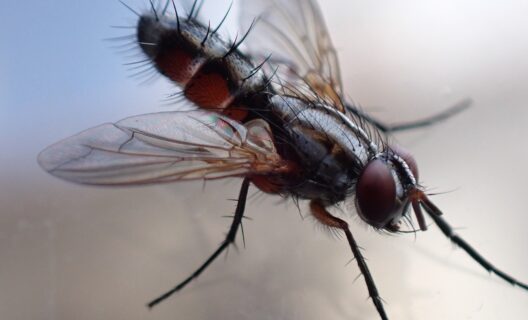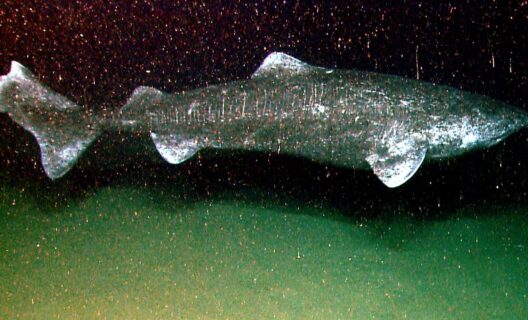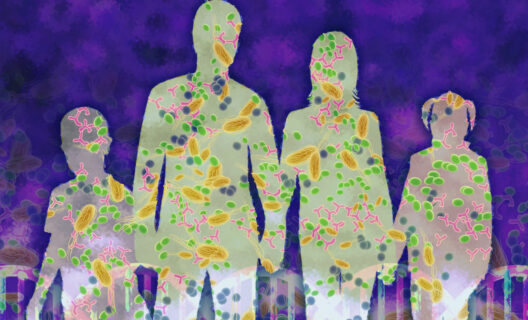
What is biodiversity
The variety of life forms on Earth
A web of species, habitats, and ecosystems that keeps our planet in balance
An encounter between the microscopic and the majestic
Biodiversity spans everything — from bacteria invisible to the eye to whales that move entire oceans.
It’s so vast, even scientists debate how to define it. But we all recognise its richness: life, in all its extraordinary forms.
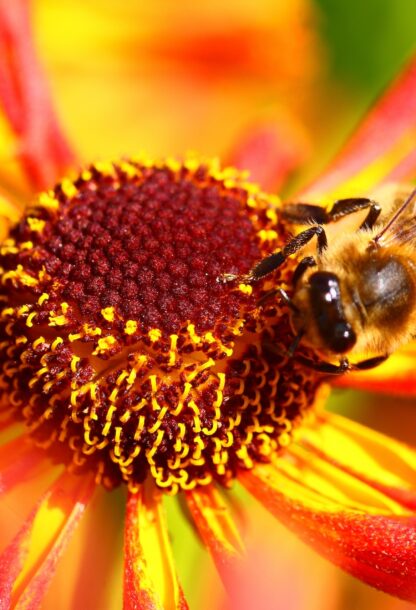
A rich web of life and its many connections
Biodiversity isn’t just a list of species — it’s a living network.
Since 1992, the Convention on Biological Diversity has expanded the view: life exists at many levels, all deeply interconnected.
- Species diversity
- The incredible variety of animals, plants, and microorganisms on Earth.
Scientists have identified around 1.75 million species — but estimates range from 3 to over 100 million. - Genetic diversity
- The differences in DNA within and between species.
Every organism has a unique genetic makeup — no two individuals in nature are exactly alike. - Ecosystem diversity T
- he vast range of ecosystems on the planet.
Forests, oceans, deserts, and wetlands each host distinct communities of life, shaped by their environment and by each other.
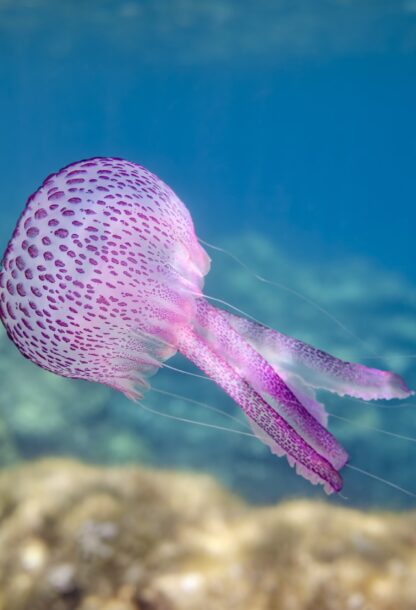
A precious balance worth protecting
Life on Earth thrives through connection between species, ecosystems, and the environments they shape.
These relationships have made our planet not just habitable, but beautiful.
Protecting biodiversity means protecting the vital systems that sustain us every day.
